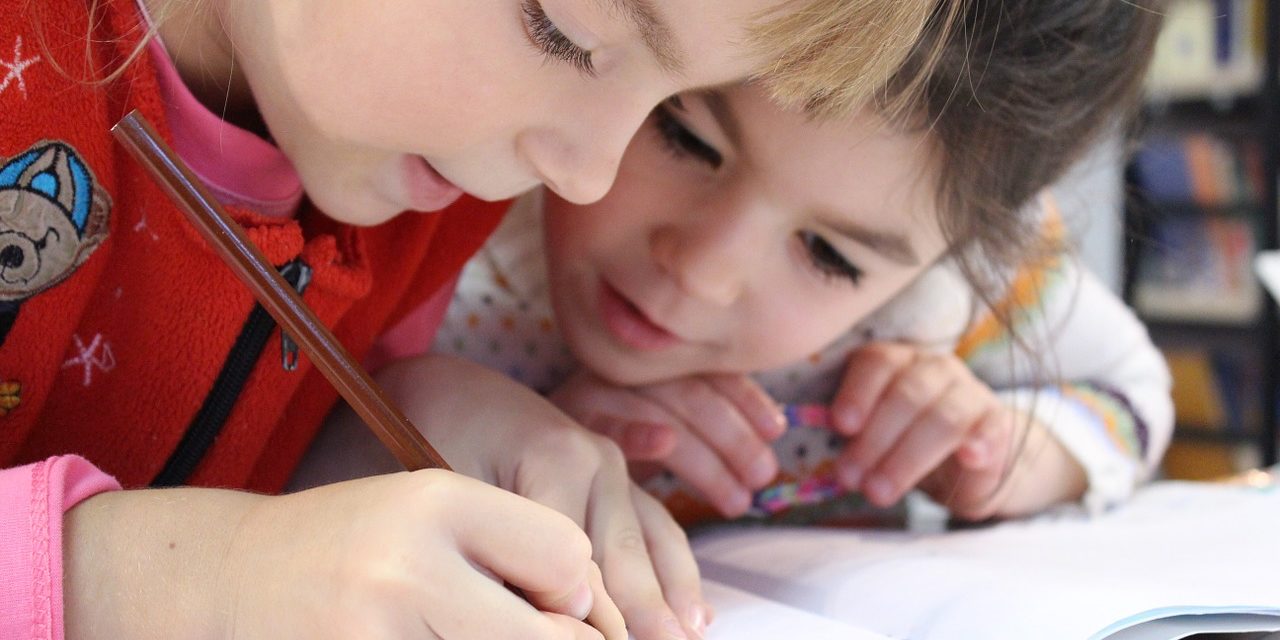According to PISA data, more and more Finnish students cannot read properly.
"The excellence of the Finnish school system should not be questioned in general. In Hungary, the opposition refers to it as a kind of model. The effectiveness of the system based on students' freedom is mostly supported by the PISA measurements, but based on the latest data, a worsening trend can be observed in Finland. And this process did not start yesterday. Since 2006, the number of underachievers among Finns has been steadily increasing.
The PISA test is an international measurement, the data is collected every three years. The purpose of the survey is to examine the ability of 15-year-old students in reading comprehension, mathematics and science. The program was established at the end of the nineties by the Organization for Economic Cooperation and Development (OECD), which brings together the most developed states. Hungary became a member of the organization in 1996. Based on the latest PISA results, the proportion of low performers in Mathematics in Finland has increased by two and a half times in 12 years. In addition, more and more Finnish students cannot read properly. If we look at reading comprehension scores, it turns out that Finland has one of the highest differences between boys and girls, in favor of girls.
The average of OECD countries is 30 points, the difference is 52 points in Finland. On average, every fifth boy who graduates from primary school cannot read properly, and every year thousands of students take their matriculation exams with problems with text comprehension. Already in 2006, 4.6 percent of students performed poorly in science, and the numbers are getting worse every year. In 2018, this number has already tripled (12.9%).
According to the data of the prestigious international TIMSS measurement, Finnish students also perform worse. The main areas of TIMSS measurement are mathematics and science. It is conducted among fourth and eighth grade students. Students are measured every four years, the purpose of the study is to provide comparative data. The TIMSS results are also deteriorating in Finland, and Finnish students in the fourth and eighth grades also perform worse in mathematics. The decline in scores is higher in the fourth grade. In the field of natural sciences, although they managed to improve by one point compared to 2015, a larger decline can be observed compared to 2011. In the eighth grade, the result worsened by nine points. In the TIMSS measurements, too, Finland was among the countries whose results are constantly deteriorating.
Should we really follow the Finnish education system? We keep hearing from left-wing politicians that we should follow Finnish, liberal education, where children are in some respects in control of their own learning activities. The educational part of Momentum's election program was also based on the Finnish system. However, the results show otherwise. Although the "classrooms without walls" and other elements promoting freedom and playfulness are tempting, they do not seem to be professionally founded in terms of measurement results accepted by the European Union. It would be worthwhile to learn from educational systems that are currently showing improved results in the field of international measurements, rather than those that have continuously deteriorating performance."
Photo: pixabay.com
You can read the original, full article .













